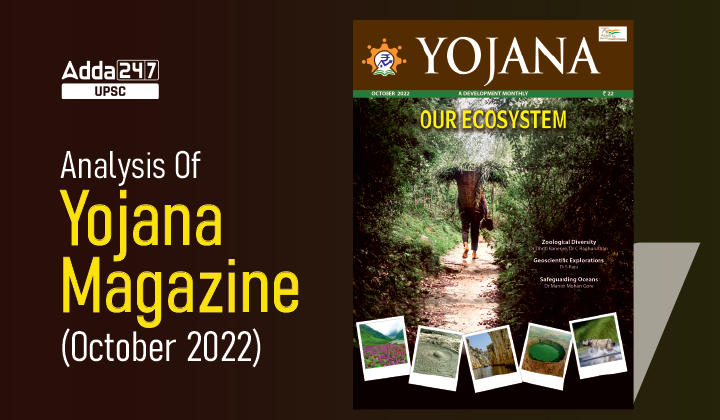Table of Contents
Green Telecom: Introduction
- The Indian telecom sector has experienced a phenomenal growth in the recent past and is rising exponentially. The Government is taking initiatives on various fronts for increasing Tele-density and Broadband penetration in urban and rural India.
- TRAI in its recommendation on approach towards green telecommunications has recommended to initiate measures to green the telecommunication sector, all Infrastructure and services in the Telecom Sector should be Energy and performance assessed.
Green Telecom: Green Telecom is a necessity
- Going green has become a necessity for Telecom operators with energy cost becoming as large as 25% of the OPEX.
- With increase in the price of diesel and environmental concern about Green House Gas Emissions, the department of telecom is moving fast making provisions for non-conventional energy, solar & wind power in both remote off grid sites as well as grid sites.
- DOT undertook pilot projects in USOF Phase I sites through BSNL in order to take care of Environmental issues and arrive at green solutions for Indian Telecom sector with a focus of cost reductions, power saving, Energy efficiency of mobile telecom networks, reducing associated carbon emissions, and utilizing renewable power sources such as solar energy and wind energy.
- The renewable energy solar/solar-hybrid systems are found to be technically feasible and financially viable for mobile BTS towers. A considerable carbon reduction has been achieved for reduction in DG operating hours.
Green Telecom: Policies on Sustainable Telecommunications
- The National Digital Communications Policy (NDCP) 2018 talks on promoting and incentivising deployment of solar and green energy for telecom towers.
- The Trai’s recommendations on the approach towards sustainable telecom which were accepted by the department, and issued a direction to all licensees for compliance in 2019. These include:
- Reduction of average carbon emission intensity to at least 40% by 2022-23
- Adoption of voluntary code of practice for sustainable development
- Usage of green passport certified products in telecom networks
- Telecommunications Engineering Centre to setup testing and certification framework and structure
- Energy consumption rating and energy passport
- Setting up of a green passport laboratory
- Reduction of average carbon emission intensity to at least 40% by 2022-23
Green Telecom: 5G Technology and need to go green
- With the fifth generation (5G) technology-backed networks coming into play, the need to go green has become unavoidable for the telecom sector.
- Telco’s 5G foray is likely to increase network energy consumption by more than 150% worldwide by 2026 driven by small-cell deployments.
- To optimise electricity usage through non-conventional sources of energy, infrastructure providers are moving toward energy-efficient solutions such as energy storage applications that can provide 20-25% of annual savings in current fuel costs to the operators.
Green Telecom: Green is the only solution in rural India
- Telecom initiatives in rural India face problems for quite some time.
- In most of the rural areas conventional grid power is not available and in some cases the grid is far away.
- Wherever the grid supply is available the power quality is erratic.
- The poor power quality is mainly due to supply interruption, sudden change in voltage, under-voltage/ over-voltage, voltage fluctuation etc.
- As availability of quality power in the rural areas, is not assured, battery is used as power back-up which keeps un-interrupted power supply for the desired period. T
- Two of the most common alternate power solutions are diesel generator and inverter-battery systems.
Green Telecom: What is the way forward?
Renewable energy solutions
- The telecom tower industry is aggressively aiming to use alternative energy resources to reduce its dependency on diesel.
- Since the RET ecosystem has matured, it makes business sense to deploy it with solar, wind and biomass solutions gaining traction in the telecom industry.
Lithium-ion battery
- Lithium-ion (Li-Ion) batteries deliver high power density, deep cycling capability and a service life much longer than that of lead acid batteries.
- Li-Ion batteries require relatively low maintenance and ultimately deliver the lowest total cost of ownership.
Use of natural gas to power telecom infrastructure
- The Centre has set a target for utilisation of natural gas to the tune of 15% in the Indian fuel basket from the current level of 5% by 2030.
- This requires the replacement of the existing diesel generator set would result in reduction of carbon footprint, and can make infrastructure more sustainable.
Green Telecom: Conclusion
Whilst the policymakers set out a preordained green agenda, the industry, in all its strength, should pre-empt and workaround, for environmentally-responsible and sustainable telecom networks.



 TSPSC Group 1 Question Paper 2024, Downl...
TSPSC Group 1 Question Paper 2024, Downl...
 TSPSC Group 1 Answer key 2024 Out, Downl...
TSPSC Group 1 Answer key 2024 Out, Downl...
 UPSC Prelims 2024 Question Paper, Downlo...
UPSC Prelims 2024 Question Paper, Downlo...




